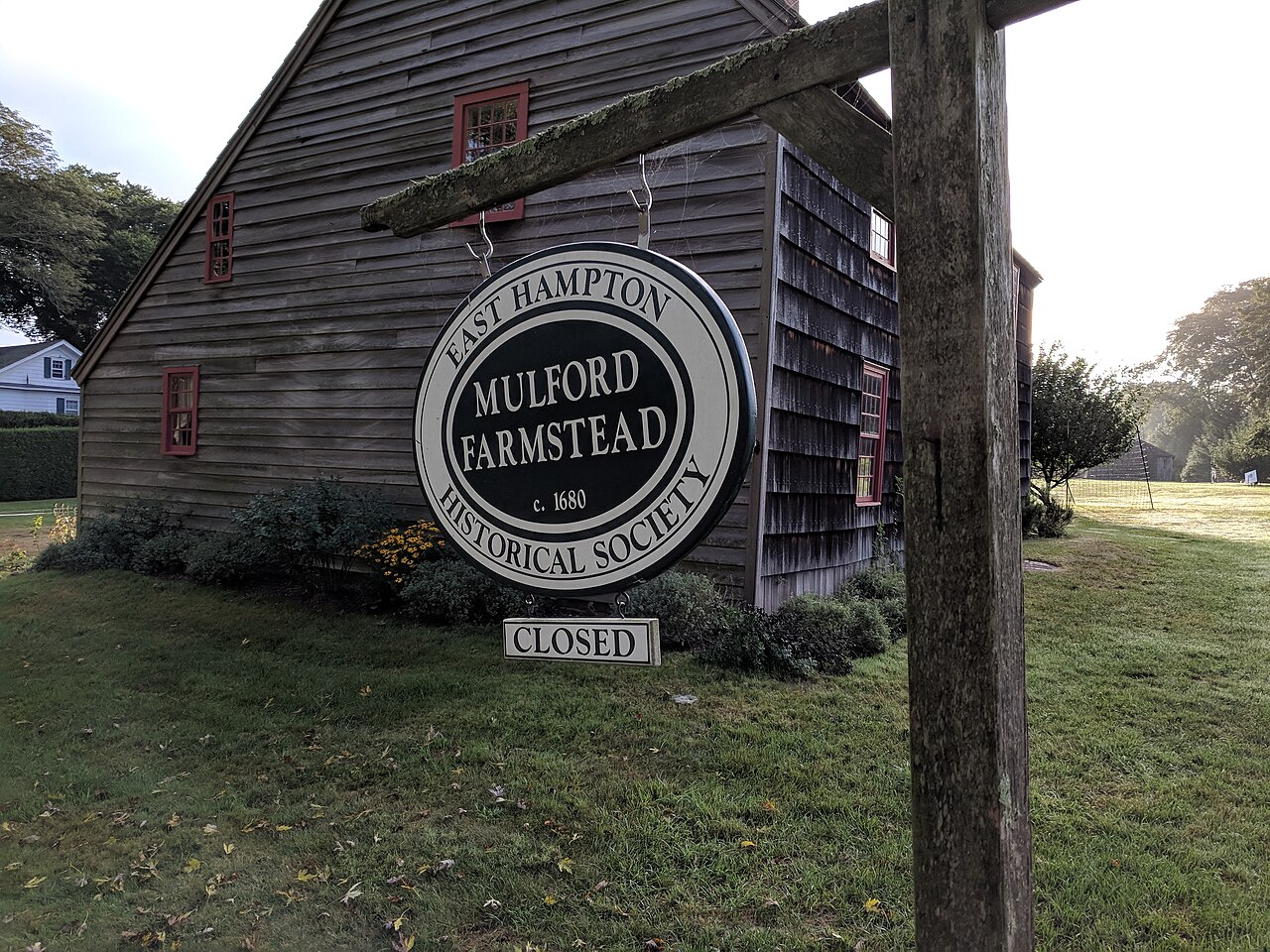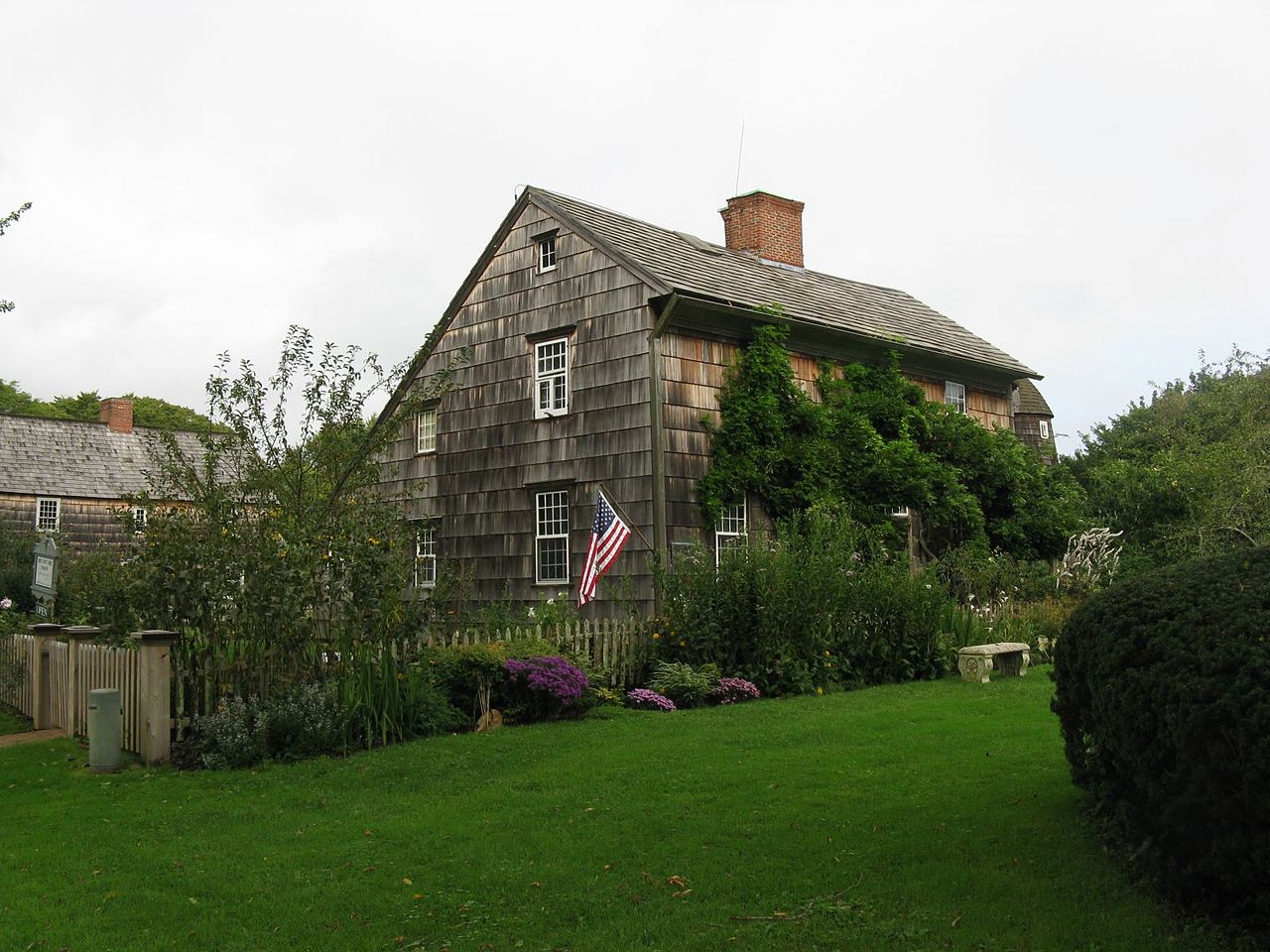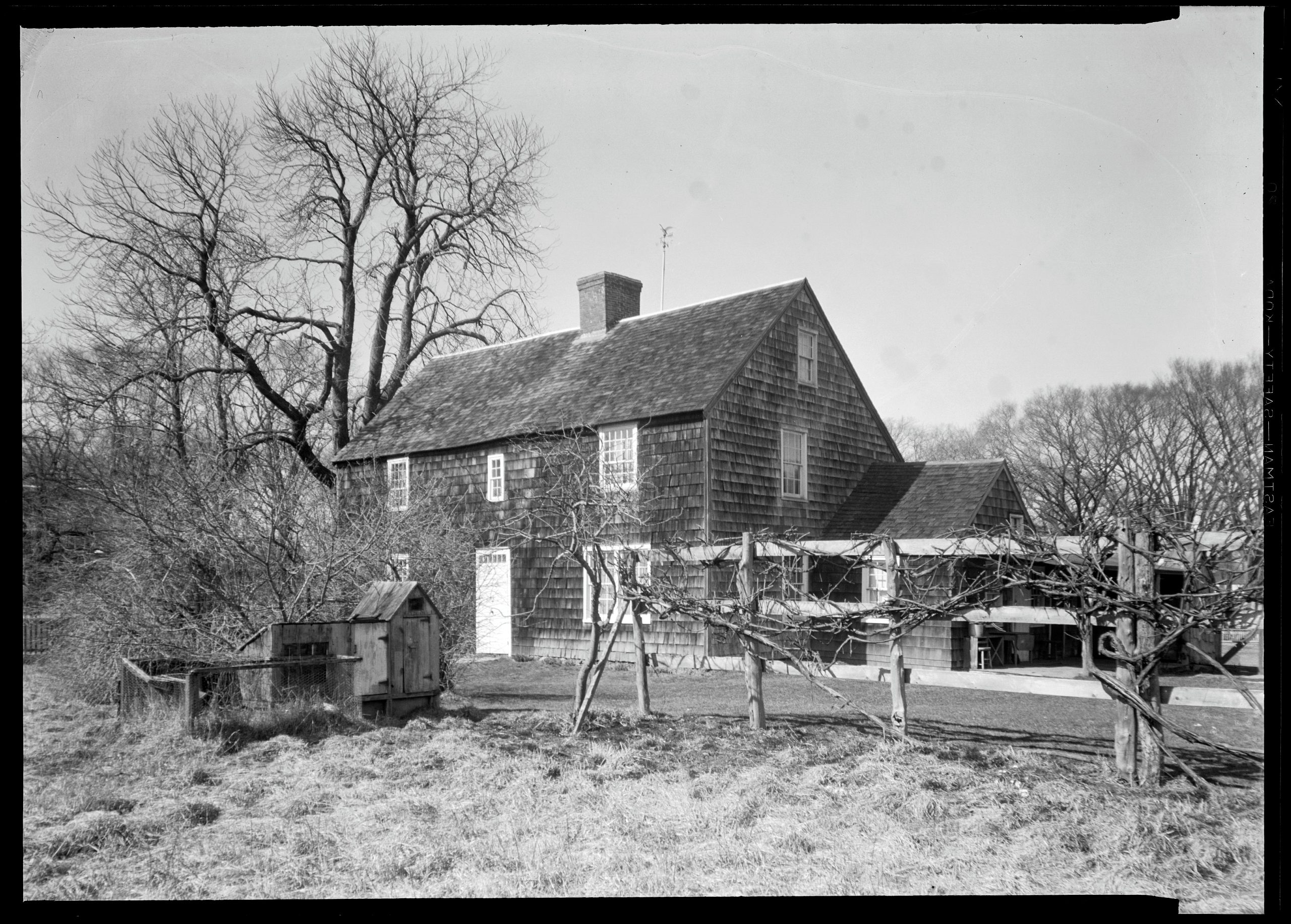Mulford Family Legacy: East Hampton to Springfield Township

By CaptJayRuffins – Own work, CC BY-SA 4.0
From East Hampton to the New Jersey Frontier
In the decades following the English conquest of New Netherland in 1664, a quiet migration unfolded across Long Island Sound. Families who had helped found the early Puritan settlements of East Hampton, Southampton, and Southold—among them the Mulfords, Meekers, Piersons, Baldwins, and Littells—began turning their eyes westward toward the open lands of New Jersey.
These settlers had come to Long Island seeking religious freedom and self-government, but by the 1660s they found both eroding under royal rule. The Duke of York’s proprietary government imposed new taxes and Anglican authority, curbing the autonomy they had cherished since the New Haven Colony days. In response, they joined a broader exodus of independent New Englanders looking for new soil and renewed liberty.
Across the narrow waters, the newly chartered province of New Jersey offered exactly that promise. Lord Berkeley and Sir George Carteret’s 1664 “Concessions and Agreements” guaranteed generous land grants, freedom of conscience, and local self-rule. Within a few years, many Long Island families—carrying their town records, church covenants, and communal ideals—had resettled along the fertile banks of the Rahway and Passaic Rivers, founding what became Elizabethtown, Newark, and Springfield.
By the early 1700s, these transplanted New Englanders had recreated their familiar civic model in the New Jersey frontier: town meetings, Congregational and Presbyterian churches, and an ethic of shared responsibility that would shape generations to come. Among them were the Mulfords of East Hampton, whose descendants helped build Springfield’s civic life and whose names appear in the earliest township records of Essex County.
Their journey from the windswept shores of East Hampton to the wooded hills of Springfield was more than a change of place—it was the continuation of a principle: that faith, freedom, and fellowship could take root wherever people were willing to build anew.
Providing Historical Context for the Mulford Lineage in Colonial and Early American New Jersey
There is a rich historical record on the Mulford family in colonial and early-American New Jersey, particularly in Essex, Morris, and Monmouth Counties, and even earlier in East Hampton, Long Island, from which the Essex line descended.
The following synthesis traces the Mulford family’s movement, civic service, and enduring presence, connecting the generations from Jeremiah through Jacob within the broader New Jersey and colonial story.
🧭 1️⃣ Origins of the Mulford Family in America
Captain John Mulford (ca. 1624–1686) was one of the original patentees of East Hampton, Long Island (1648).
-
Emigrated from England—likely from Sussex or Kent—around 1643.
-
Served as an early magistrate, militia captain, and signer of the East Hampton Articles of Incorporation.
-
His son Samuel Mulford (1671–1725), known as “Anti-Pirate” or “Whalebone Mulford,” became a colonial legislator and whaler who traveled to London to protest taxes on whale oil.
-
The Mulford House (built c. 1680) still stands in East Hampton and is preserved as a museum by the East Hampton Historical Society.
By the early 1700s, several of Captain John’s descendants migrated westward into New Jersey, settling in Elizabethtown, Newark, and Springfield—then part of Essex County.
By CaptJayRuffins – Own work, CC BY-SA 4.0
🗺️ 2️⃣ New Jersey Branch: From Elizabethtown to Springfield
Early Generations (1700s)
-
Jonathan Mulford (b. ca. 1705) appears in Elizabethtown town records as a freeholder.
-
By mid-century, Mulfords were among the earliest property owners in Springfield and Chatham, farming along the Rahway River and Mill Burn Brook.
-
They intermarried with the Meeker, Littell, Baldwin, and Pierson families—the same network found in early Springfield Township records.
Revolutionary-Ear
-
Captain Jeremiah Mulford, likely an uncle of the later Jeremiah Sr., served in the Essex County Militia under Col. Elias Dayton’s Regiment during the American Revolution.
-
The family’s home region saw heavy fighting in 1776–1780, notably at the Battle of Springfield (June 23, 1780)—the last major northern engagement of the war.
Post-Revolution
After independence, Springfield Township reorganized its government.
The 1794 Springfield Town Meeting minutes record Jeremiah Mulford Jr. as a Commissioner of Appeal, a civic role verifying local tax assessments.
The same record lists Matthias Meeker, Samuel Potter, and Nathaniel Littell, underscoring the interconnected families who built the township’s civic foundation.
🪶 3️⃣ Generational Continuity

⚖️ 4️⃣ The Probate Trail: Essex County Wills
Two probate filings confirm this generational sequence and illuminate the family’s position in early Essex County society:

(Essex County Index of Wills, Vols. 39–40, pp. 442–443.)
The same family circle of Pierson, Littell, Morehouse, and Baldwin recurs in both records, reflecting the trusted neighbor network that defined Springfield’s early civic life.
🏛️ 5️⃣ Historic Recognition & Landmarks
-
Mulford House, East Hampton NY (1680): listed on the National Register of Historic Places.
-
Mulford Cemetery, Springfield NJ (near Mill Burn Avenue): 18th-century graves of Mulfords, Meekers, Littells, and Baldwins.
-
Battle of Springfield Historic District: portions of former Mulford property lie within the federally recognized site.
📜 6️⃣ Later Generations — From Springfield to Union County
Across three centuries, the Mulford story carried forward — from the courage of the early East Hampton settlers to the civic leadership of Springfield’s founding families, and into the industrious 19th century of Union County. The History of Union County, New Jersey (Ricord & Nelson, 1897) provides a later-century view of how the Mulford family’s influence expanded beyond the early Springfield records. It traces descendants of Lewis Mulford of Elizabeth Town — a grandson of the original East Hampton settlers — whose family established the Mulford tannery and homestead that stood from the Revolutionary era until 1859. His descendants, including Judge David Mulford and Aaron Denman Mulford, became civic and religious leaders of Roselle and Elizabeth. This lineage reflects the same roots as Jeremiah Mulford Jr. of Springfield, showing the family’s ongoing role in shaping northern New Jersey’s early civic life.


(Excerpt from History of Union County, New Jersey, Ricord & Nelson, 1897, pp. 418–419. “Among the residents … the well-known Aaron Denman Mulford.”)
Aaron Denman Mulford also became active in early publishing and printing ventures in the late nineteenth century. His business efforts in Elizabeth contributed to a regional press enterprise that was later sold to Rand McNally & Company, linking the Mulford family once again to both civic progress and the spread of education and information throughout the region.
📚7️⃣ References
-
Littell, John. Family Records, or Genealogies of the First Settlers of Passaic Valley and Vicinity Above Chatham. Feltville, NJ: John Littell, 1851.
-
New Jersey Abstracts of Wills, Vol. 39 (1801) and Vol. 40 (1806–1809). Documents Relating to the Colonial History of the State of New Jersey.
-
Index of Wills, Essex County, 1801–1809, pp. 442–443 (Files 10075 G and 10492 G).
-
Snape, Thomas. History of Union and Essex Counties, New Jersey. 1882.
-
Mulford, Albert E. Mulford Genealogy: A Record of the Descendants of John and Frances Mulford. 1918.
-
Records of Elizabethtown and Springfield Township (Colonial Documents).
- Charles Carroll Gardner Collection, Special Collections and University Archives, Rutgers University Libraries. Used with permission.
-
East Hampton Historical Society. “The Village of East Hampton” and Mulford Farmstead House
- Mulford Family Line Remembering and Honoring
🌿 8️⃣ The Mulford Legacy
The Mulfords were among the earliest English settlers of Long Island in the 1640s and among the founding families of northern New Jersey by the 1700s.
They served as landowners, militia officers, and township leaders, intermarrying with the Meeker, Potter, Littell, Baldwin, and Pierson families who shaped Springfield, Chatham, and Elizabethtown.
Their story exemplifies the transition from colonial settlement to an independent republic — a lineage woven into the civic, agricultural, and moral fabric of early New Jersey.
🕊️ Context & Disclaimer
This article provides historical and genealogical context drawn from public-domain archival materials, township minutes, and probate documents held by the New Jersey State Archives and related repositories.
It is intended for educational and heritage research purposes only.
While every effort has been made to correlate names, dates, and locations accurately, this narrative represents a synthesis of surviving records and should be used as contextual support for primary-source research.

By Americasroof at English Wikipedia, CC BY-SA 3.0
#HappyAmerica250

















